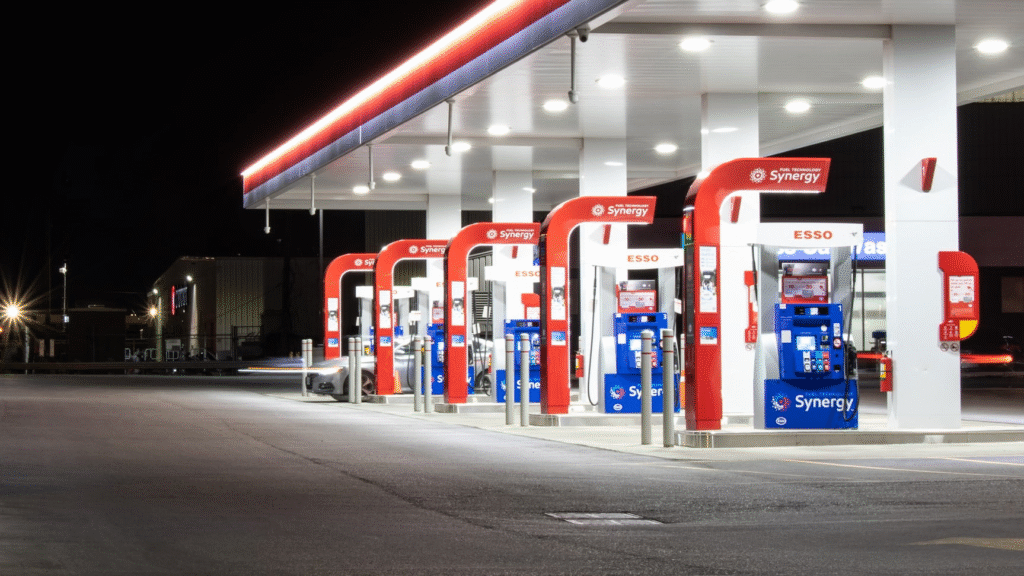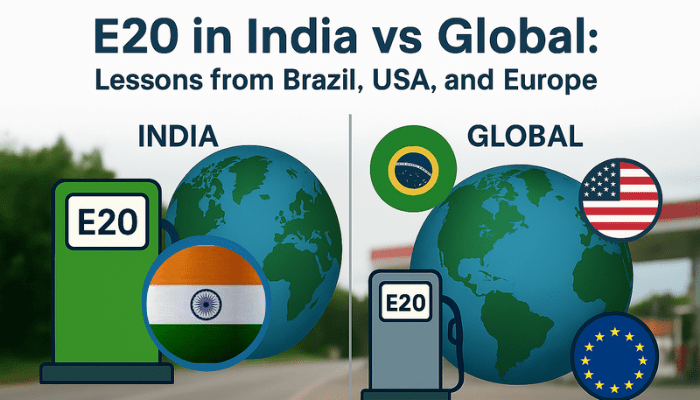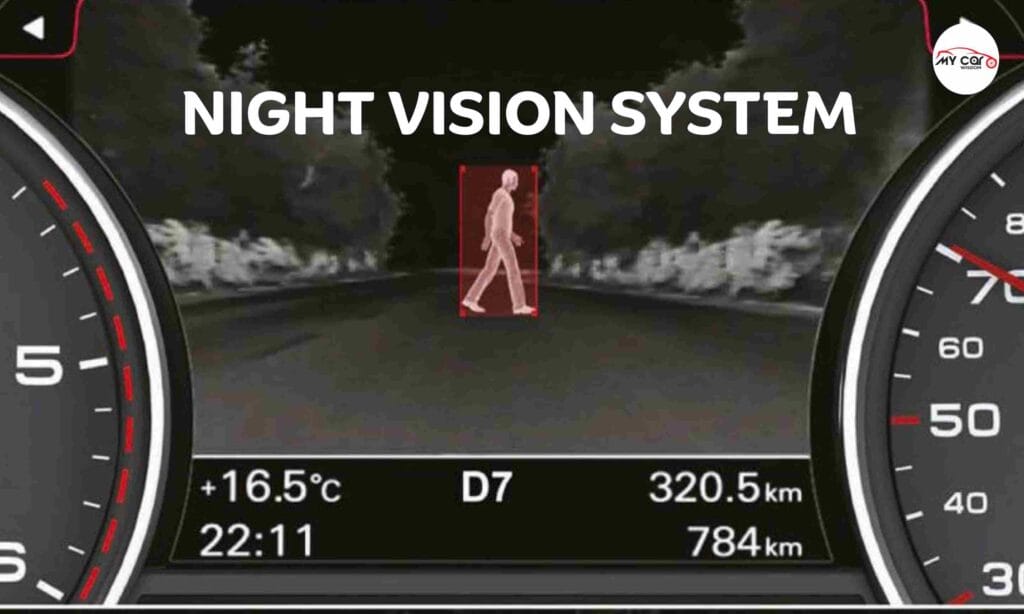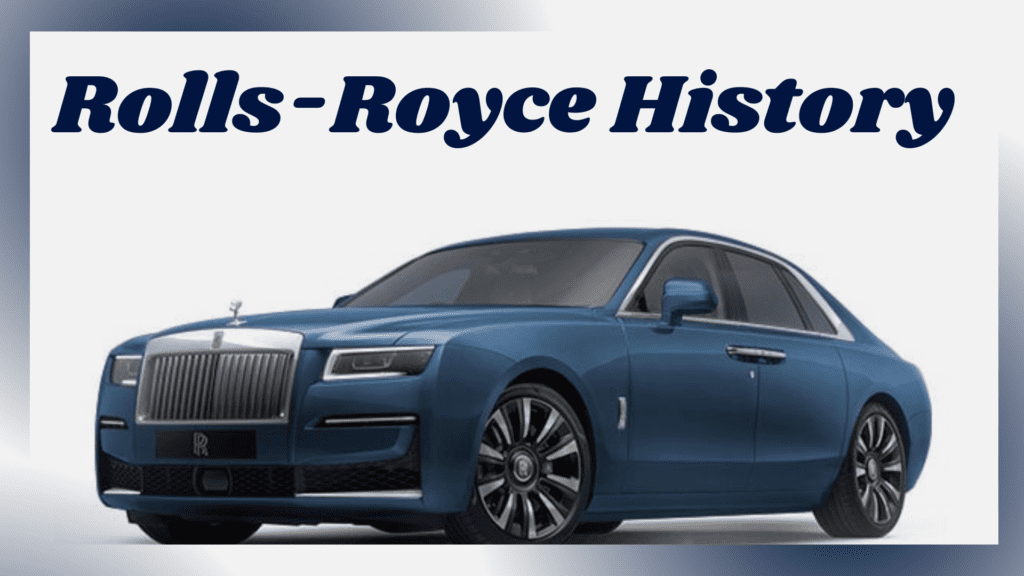Walk into a petrol pump today, and chances are you’ll find this new blend, 20% ethanol mixed with 80% petrol. The promise is big: cut oil imports, lower pollution, give farmers new opportunities, and make the country less dependent on fossil fuels. It sounds like a win, but India’s sudden shift raises questions. To understand better, it helps to see how Brazil, the USA, and Europe handled their ethanol journeys and what India can learn from them.
What is E20 Fuel
At its simplest, E20 fuel is a blend of ethanol and petrol. Ethanol is made from crops like sugarcane or corn, and sometimes from farm waste. Being renewable, it reduces dependence on fossil fuels.
When mixed with petrol, it burns more cleanly, gives higher octane, and cuts emissions. This is why E20 fuel isn’t just about what goes into your car. It connects agriculture, cleaner air, and energy security. It also shapes how the country manages fuel supply and how much we all pay for petrol prices today.
E20 in India: Current Status

India surprised many by reaching the 20% ethanol blending target ahead of schedule. By mid-2025, most petrol pumps started supplying only E20 fuel, while E10 was slowly phased out.
The government calls it a win because:
- It reduces oil import bills.
- It brings extra income to farmers producing ethanol crops.
- It contributes to cleaner cities by lowering emissions.
But for drivers, the story is mixed:
- Only 30–40% of vehicles are designed for E20 fuel.
- Older cars and bikes often see mileage drops of 2–15%.
- The government says mileage loss is just 1–5%, but many users report higher drops.
- At most pumps, drivers don’t have the option to choose between E10, E20, or pure petrol.
This sudden change has created confusion and mistrust among vehicle owners.
Challenges of E20 in India
- Vehicle Compatibility
- Many older vehicles are not designed for E20.
- Continuous use can cause engine wear, corrosion, and fuel system issues.
- Many older vehicles are not designed for E20.
- Public Concerns
- Drivers feel forced into E20 without choice.
- They worry whether the small price cut at the pump really balances the loss in mileage.
- Drivers feel forced into E20 without choice.
- Limited Flex-Fuel Cars
- In countries like Brazil or the USA, flex-fuel cars are common.
- In India, only a handful of models are E20-ready, making the transition harder.
- In countries like Brazil or the USA, flex-fuel cars are common.
- Agricultural Strain
- Large-scale ethanol production needs land, water, and crops.
- India must ensure ethanol demand does not affect food prices or availability.
- Large-scale ethanol production needs land, water, and crops.
Global Experiences with Ethanol
Brazil

Brazil is often called the pioneer of ethanol fuel. Its story shows how patience and gradual change can lead to long-term success.
Key Highlights:
- Early Start: Ethanol blending began as far back as the 1930s in certain regions.
- Oil Crisis Push: In the 1970s, when oil prices skyrocketed, Brazil accelerated ethanol use through its Proálcool Program.
- Gradual Transition: Instead of jumping directly to higher blends, Brazil moved step by step: E10 → E15 → E20 → E25 and beyond.
- Flex-Fuel Revolution: By the 1990s–2000s, Brazil introduced flex-fuel cars that could run on any mix of petrol and ethanol—even pure ethanol. Today, most cars sold in Brazil are flex-fuel.
- Public Trust: Communication and policy support were strong. Drivers had options at pumps, which built confidence.
Lesson for India: Slow and steady adoption creates smoother transitions and stronger consumer trust.
USA

The USA focused on regulation plus consumer choice, making ethanol adoption widespread but balanced.
Key Highlights:
- Oil Shocks Impact: Ethanol gained attention after the 1970s–80s oil crises, when the USA looked for fuel security.
- Renewable Fuel Standard (RFS): This law made ethanol blending compulsory in petrol.
- Dominant Blend: For years, E10 (10% ethanol) was the most common fuel sold across the country.
- Higher Blends: Later, E15, E20, and E85 were introduced—but only for vehicles approved for those blends.
- Flex-Fuel Cars: The US government provided incentives and tax breaks to promote flex-fuel vehicles, which can run on higher ethanol levels.
- Consumer Choice: Petrol stations often offered multiple blends, so drivers could choose what suited their cars.
- Corn-Based Ethanol: The majority of ethanol in the USA comes from corn, supported by strong agricultural subsidies.
Lesson for India: Mandates work better when combined with vehicle incentives and multiple fuel choices at pumps.
Europe

Europe approached ethanol blending with caution, focusing more on long-term environmental and food security goals.
Key Highlights:
- Late Start: While ethanol was discussed after the 1970s oil crisis, large-scale action came only in the 2000s, much later than Brazil or the USA.
- Lower Blends Common: For many years, most European countries stuck with E5 and E10.
- Limited Higher Blends: E20 or higher blends were introduced only for newer vehicles, often hybrids or flex-fuel cars designed for ethanol.
- Focus on Advanced Biofuels: Europe invested heavily in second-generation biofuels made from waste, crop residue, or non-food biomass.
- Sustainability First: Policies ensured ethanol production did not threaten food supply or land use balance.
Lesson for India: Ethanol growth should not compromise food security. India should prioritize waste-based ethanol over relying solely on sugarcane and grains.
Quick Comparison
| Feature | India (2025) | Brazil | USA | Europe |
| Dominant Blend | E20 | E27, E100 | E10, E15, E85 | E10 |
| Vehicle Market | Few flex-fuel | Mostly flex-fuel | Flex-fuel available | Limited hybrids |
| Consumer Choice | Very limited | Wide choice | Some choice | Rare |
| Ethanol Source | Sugarcane, grains | Sugarcane | Corn | Mixed |
| Policy Model | Fast mandate | Step-by-step | Rules + incentives | Sustainability first |
Key Lessons for India
- Don’t rush, move step by step.
- Keep E10 and E20 both available at petrol pumps.
- Promote flex-fuel cars and encourage EVs alongside ethanol.
- Shift to waste-based ethanol (like farm residue) instead of relying only on food crops.
- Build public trust with transparent communication about fuel prices, mileage, and engine effects.
Future of E20 in India
E20 already shows benefits:
- Lower oil import bills.
- Higher farmer earnings.
- Contribution to climate goals.
But for long-term success, India must:
- Make vehicles fully E20-ready.
- Balance fuel price vs mileage.
- Ensure ethanol supply without food shortages.
Looking ahead, India might combine ethanol with electric mobility, creating a balanced mix of fuels that supports growth and sustainability.
Conclusion
E20 fuel is more than just a new fuel blend; it’s a key step in India’s energy independence journey.
- Brazil shows the value of patience.
- The USA shows the importance of rules with choices.
- Europe shows that sustainability must come first.
- India chose speed—but now must focus on execution.
The future of E20 in India depends on how well the government, carmakers, and people work together. If handled wisely, E20 could mean cleaner air, stronger farmer incomes, and reduced dependence on imported oil.
Curious about how E20 compares with other blends? Read our guide: E10 vs E20 vs E27 vs E30 – Comparing Ethanol Blends for Cars in India 2025 on My Car Wisdom.
Raja Yadav, the content writer at My Car Wisdom, brings a unique voice and style to our blog. With a knack for storytelling and a keen eye for detail, Raja ensures that every piece of content is informative, engaging, and easy to understand. His focus is on delivering high-quality articles that cater to both novice car owners and seasoned automotive enthusiasts.




